A project or a desire to cover your tracks of padel ? We may have the solution. You could cover your pitches in full indoor or semi indoor, a hybrid formula, less expensive with its constraints too.
Our advices. Who to choose. We try to guide you.
Full indoor slopes: pleasure and ease
If you have the choice, and if you are in places where it rains regularly and where the nights are cold, inevitably, to propose a club of padel with land of padel indoors would be a good idea. The club can thus remain open every day, without the fear of having to close its grounds because of the rain, the cold or the wind.

So yes, the small limit is that players will not have the chance to be able to play outdoors, the pleasure of breathing the fresh air after a day's work.
But we realize that even when there is a choice, many players prefer to play indoors whatever the conditions.
Semi-indoor courts, beware of errors!
Facing the indoor, the semi-indoor. We will hear everything on these lands of padel semi indoor. So let's lift the veil on these lands of padel both outdoors and at the same time covered.
Yes, having semi-indoor tracks can be a good solution for many reasons.
First of all, the cost is much more accessible than totally indoor tracks.
Then, the pleasure of being able to play outside while enjoying a roof that is supposed to protect in case of rain.
Sometimes, it is the Local Urbanism Plan which limits the construction of a totally enclosed space. A hybrid construction, namely a track with a roof can be the miracle solution.

BUT, it happens, much more often than you think, to see strange constructions of semi-indoor tracks, which hardly protect from the rain. Why ? Because the rain does not fall straight, with the wind, the rain can therefore fall laterally and make the track impassable. padel.
Strangely, this element is sometimes forgotten / omitted during the presentation of a semi indoor track.
However, there are solutions:
- The roof should not be limited to the area of the track padel. He must try to overflow as much as possible. The higher the roof, the more surface area it must cover;
- Windbreaks sometimes called sunshades (in Spain in particular): This is most often a canvas that will be placed at the ends of the roof and placed laterally. This cuts the path of the rain and therefore keeps you dry.
Beware of the second point, the other advantage is to break the wind, but the lift in the wind can lead to additional costs linked to the anchoring of the structure to the ground or to more robust materials. The solution is to be able to remove this canvas manually or as a shutter when the weather forecast is very windy.
These two solutions can be combined to ensure players stay dry, even in the rain.
Which providers to choose?
Public chat Padel Magazine, you have access to a living room / directory 2.0. Major players in the sector offer you their expertise. Here they are :
You can also seek advice from track builders padel.
Franck Binisti discovers the padel at the Club des Pyramides in 2009 in the Paris region. Since padel is part of his life. You often see him touring France going to cover the major events of padel French.

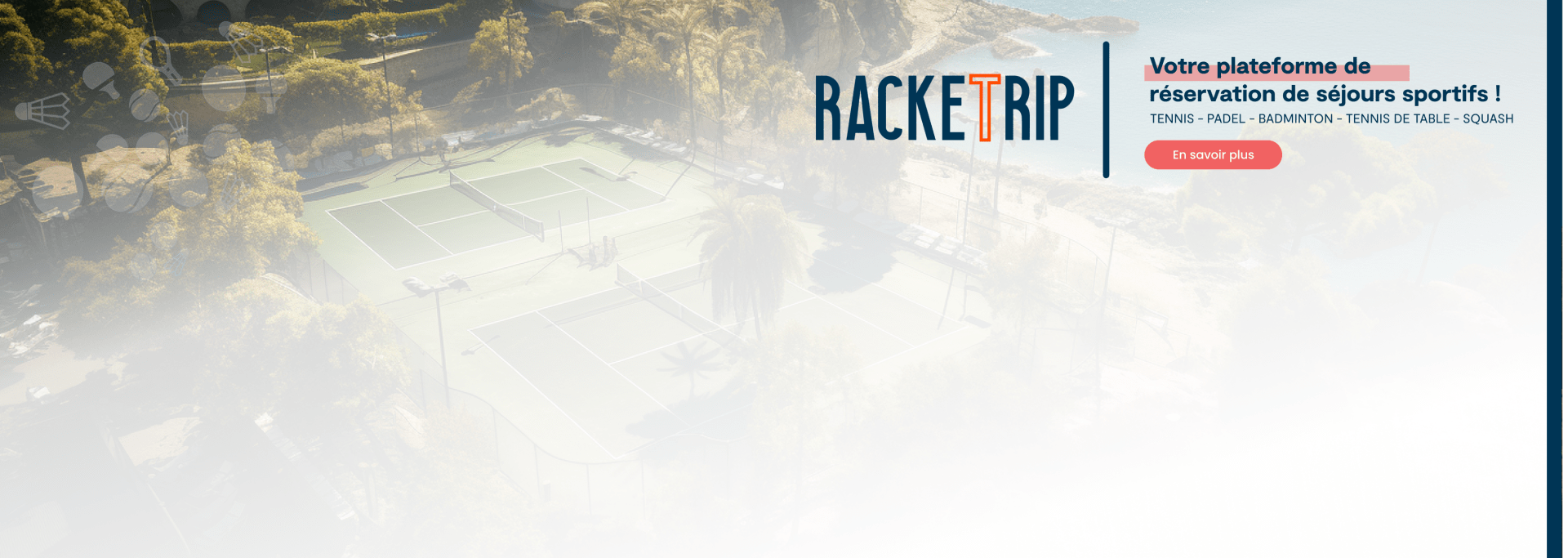


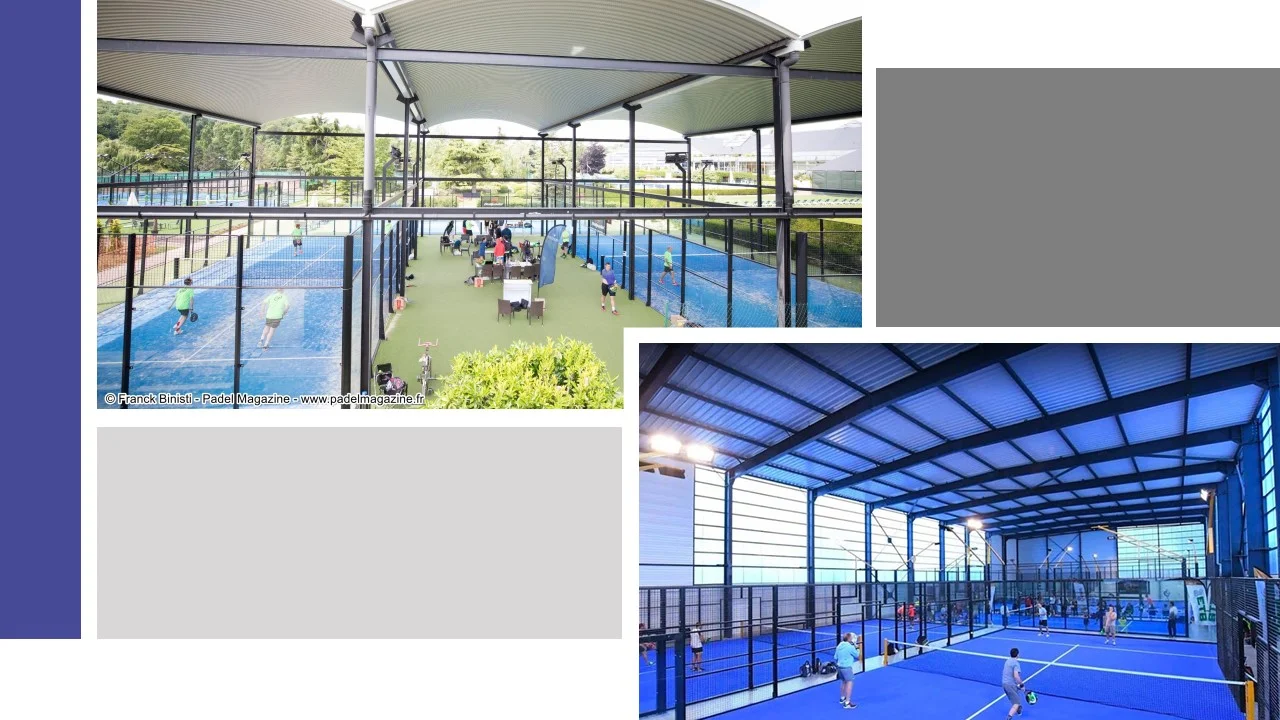













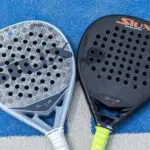


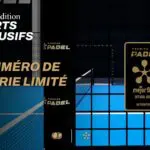










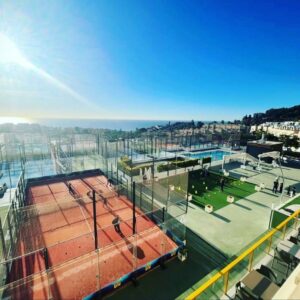
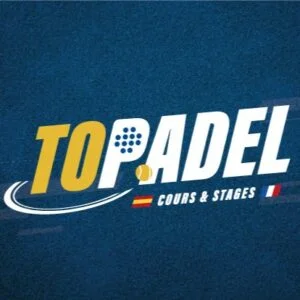




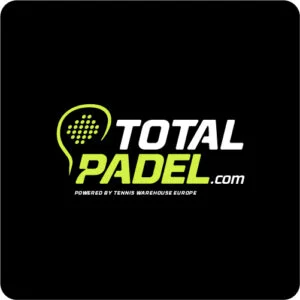


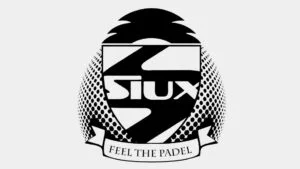

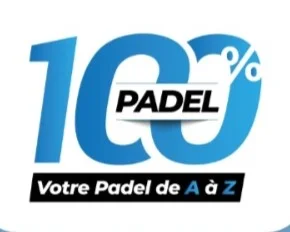







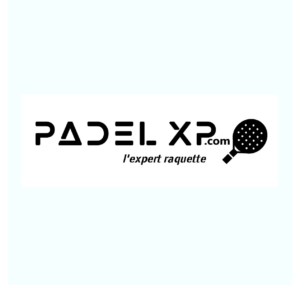

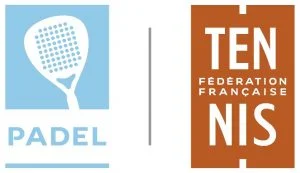
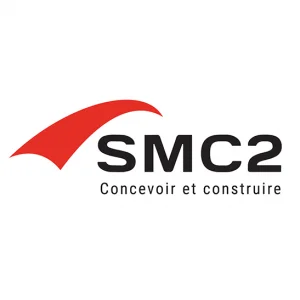


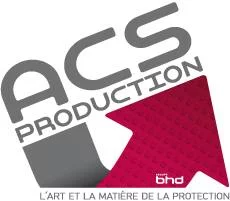






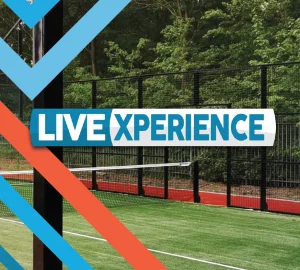
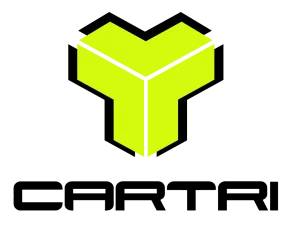

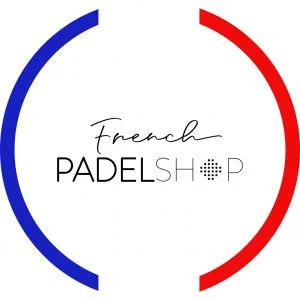

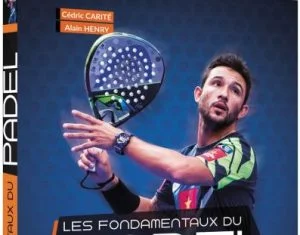




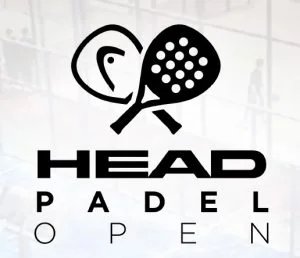

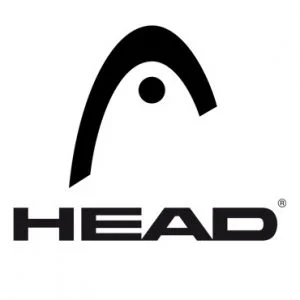


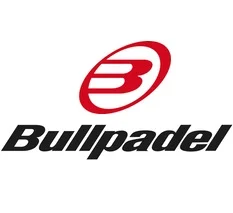




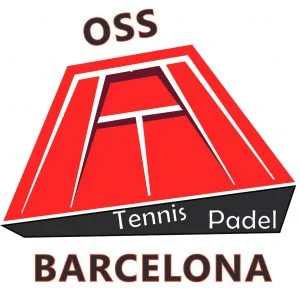
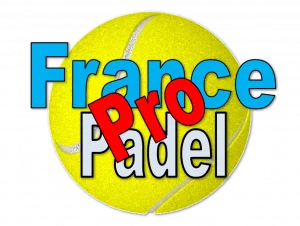


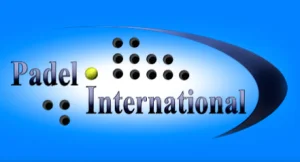

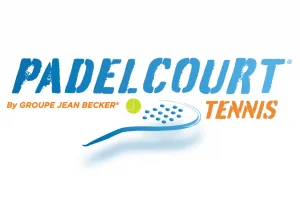
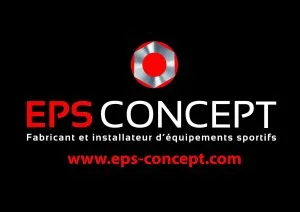
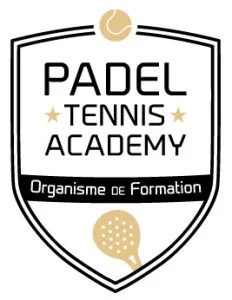







 Padel 95: a brand new complex in Pontoise!
Padel 95: a brand new complex in Pontoise!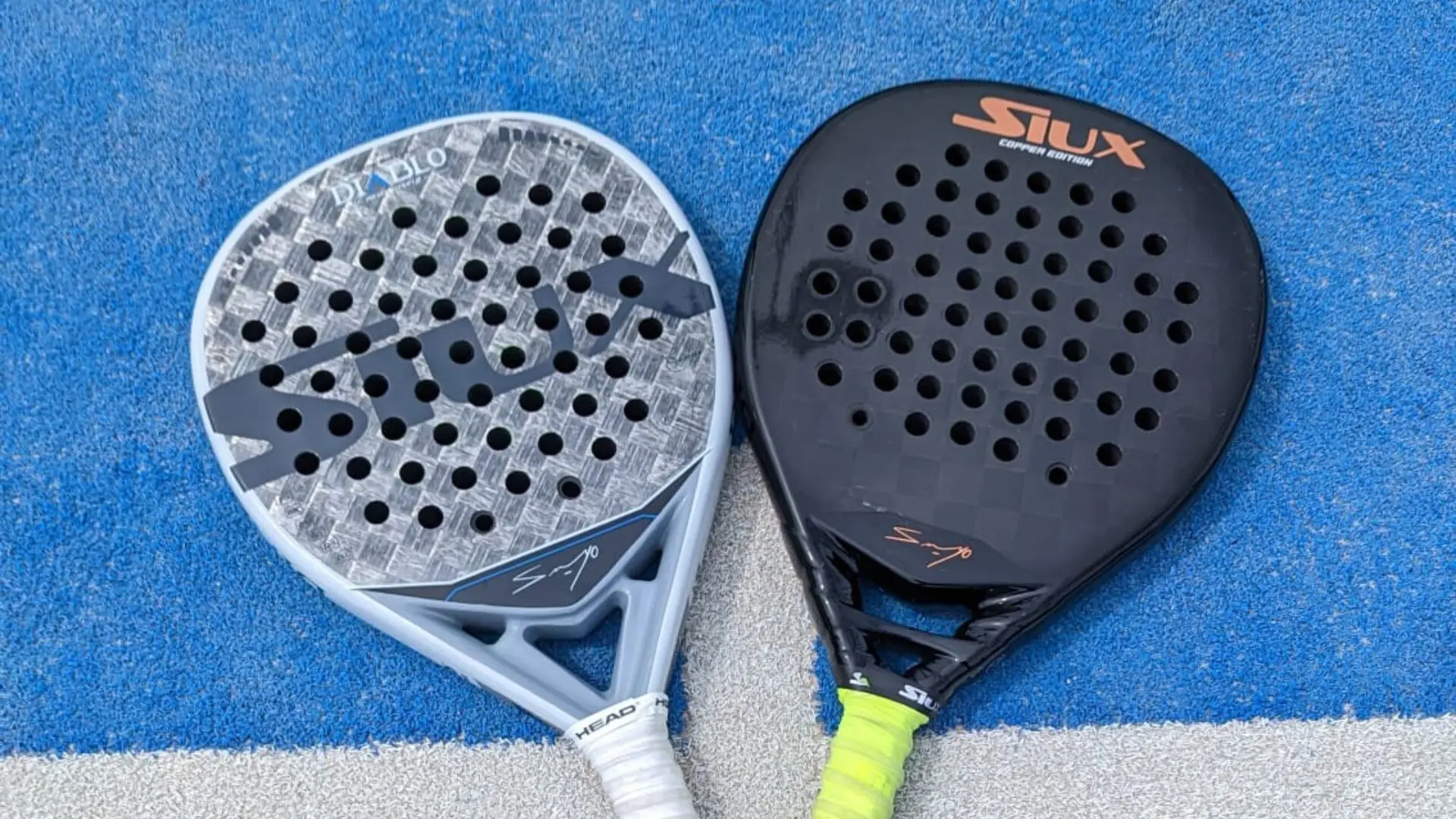 Do you know snowshoes? padel hybrids?
Do you know snowshoes? padel hybrids?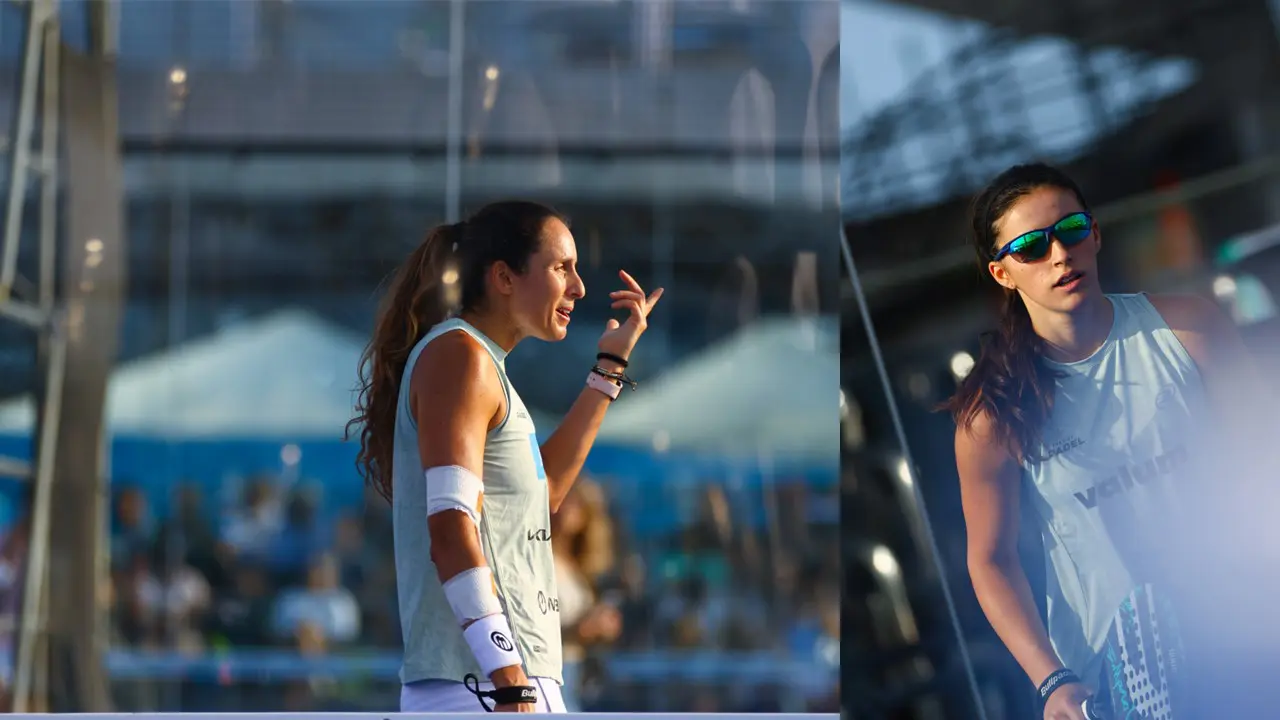 Gemma Triay: “I want to help my partner open up”
Gemma Triay: “I want to help my partner open up”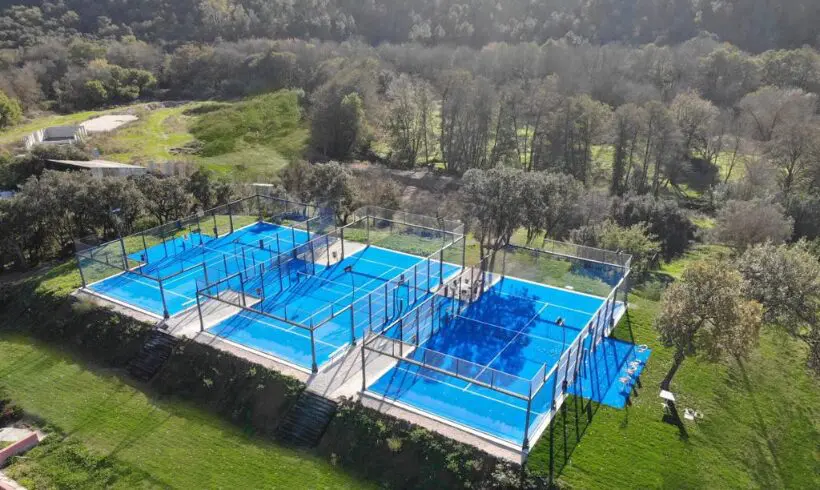 Kevin Fouquet: “We plan to add 5 new tracks soon”
Kevin Fouquet: “We plan to add 5 new tracks soon”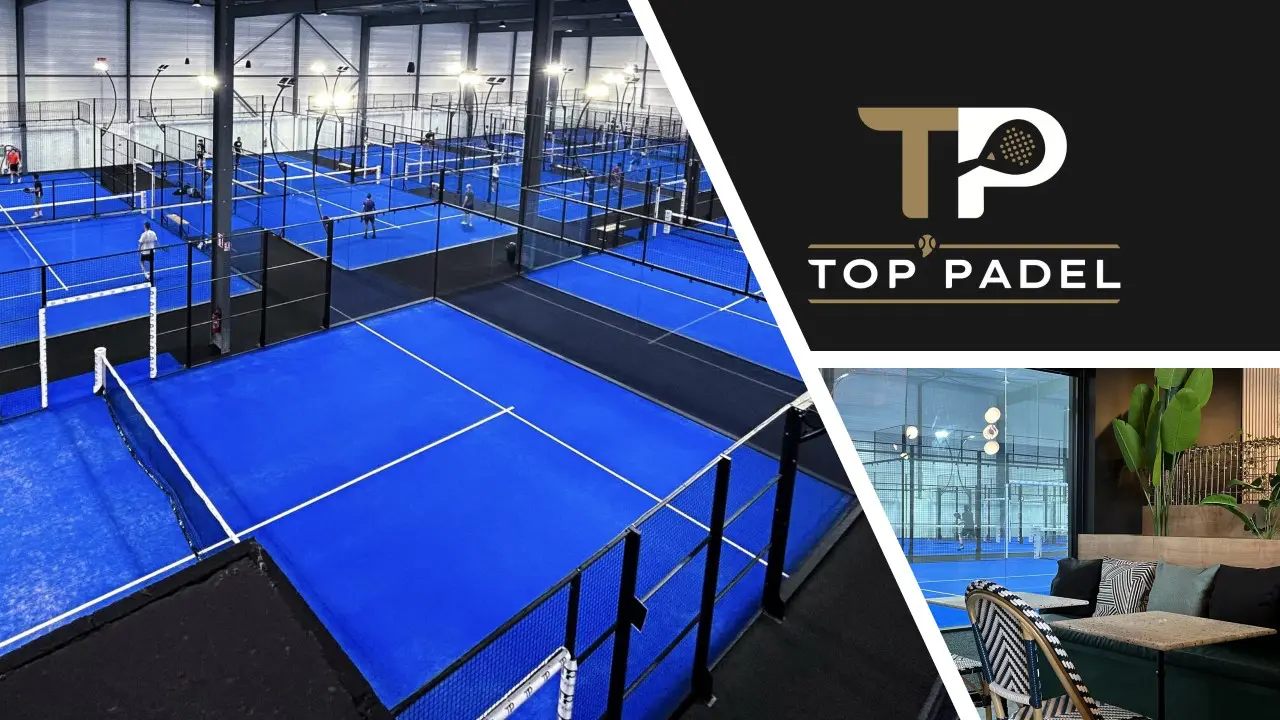 TOP Padel : “A premium club with 10 slopes in Toulouse”
TOP Padel : “A premium club with 10 slopes in Toulouse”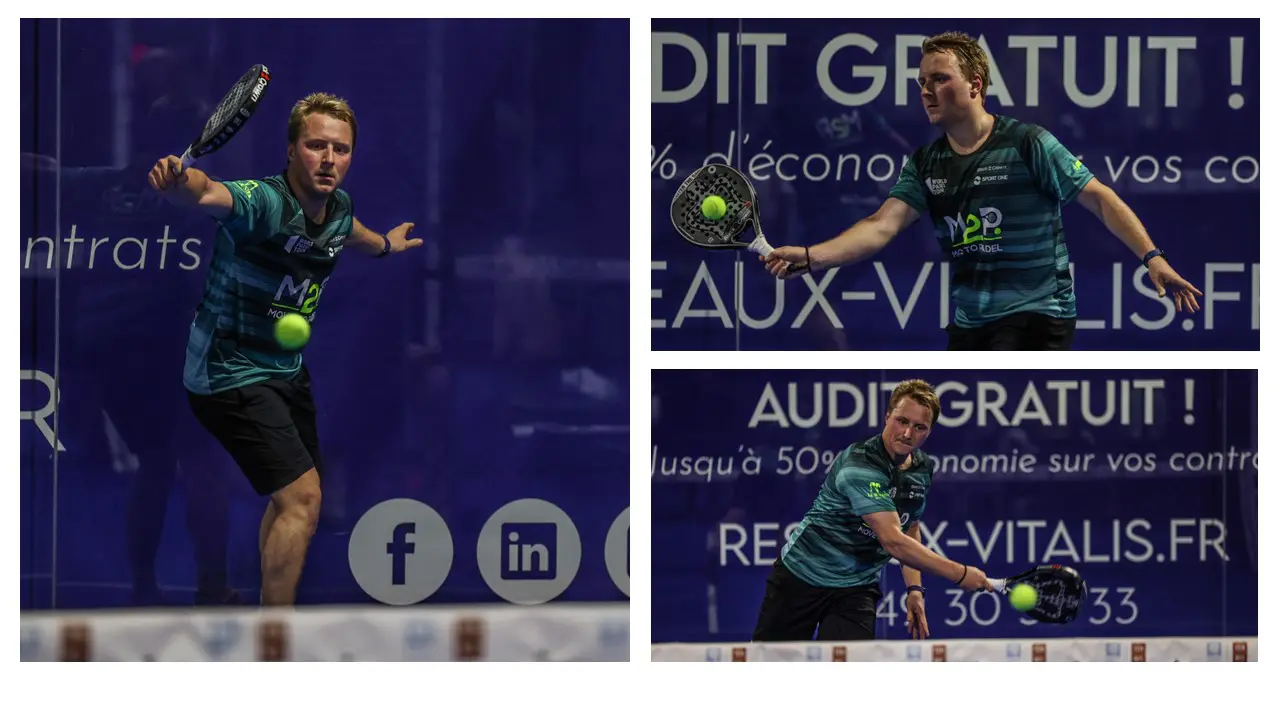 Jeremy Gala: “Promote the padel among young people in Belgium remains a challenge”
Jeremy Gala: “Promote the padel among young people in Belgium remains a challenge” Alain Henry: “We went from 100% tennis to 100% padel"
Alain Henry: “We went from 100% tennis to 100% padel"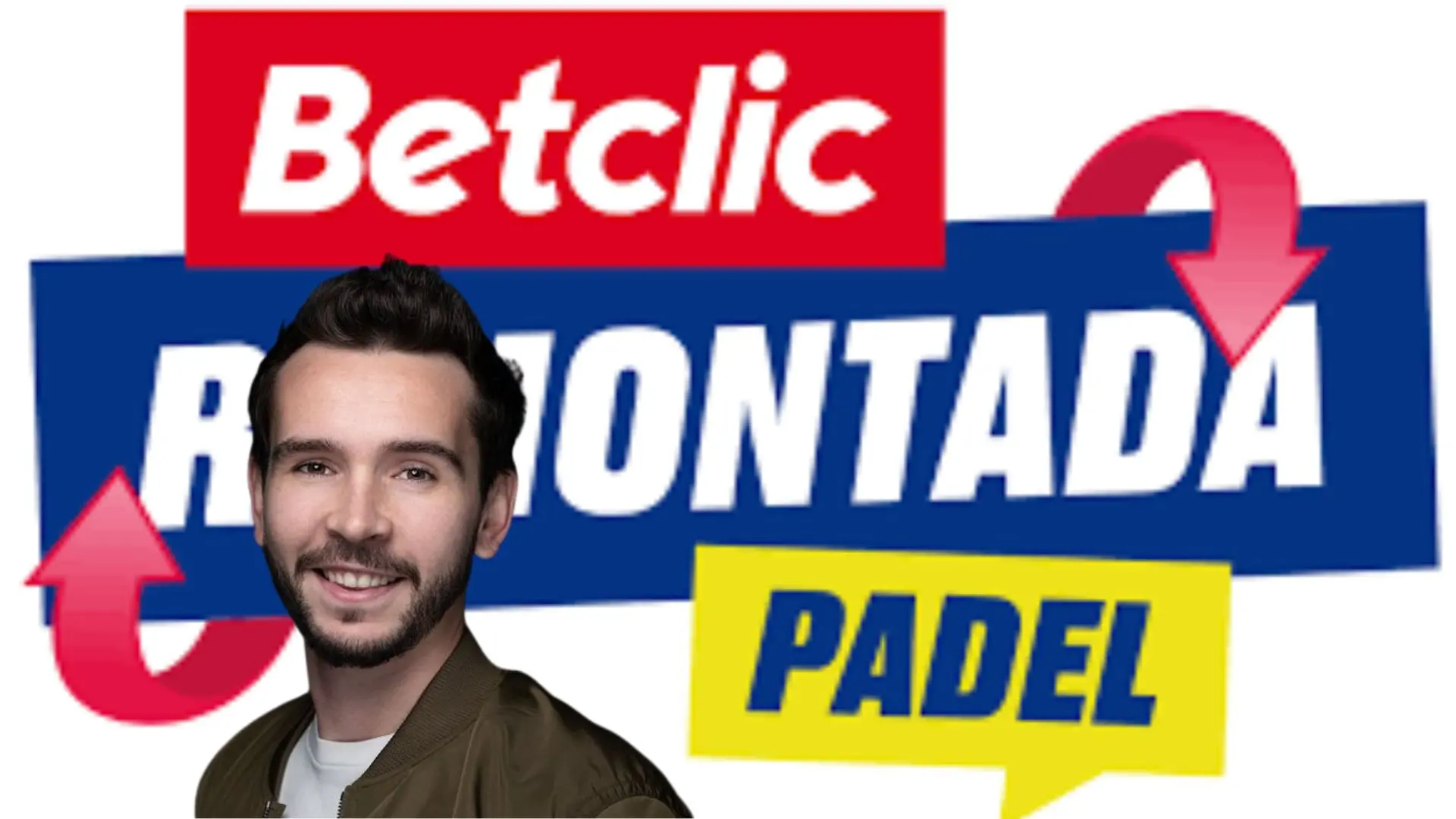 Streamer Domingo launches a challenge to the Betclic Remontada Padel
Streamer Domingo launches a challenge to the Betclic Remontada Padel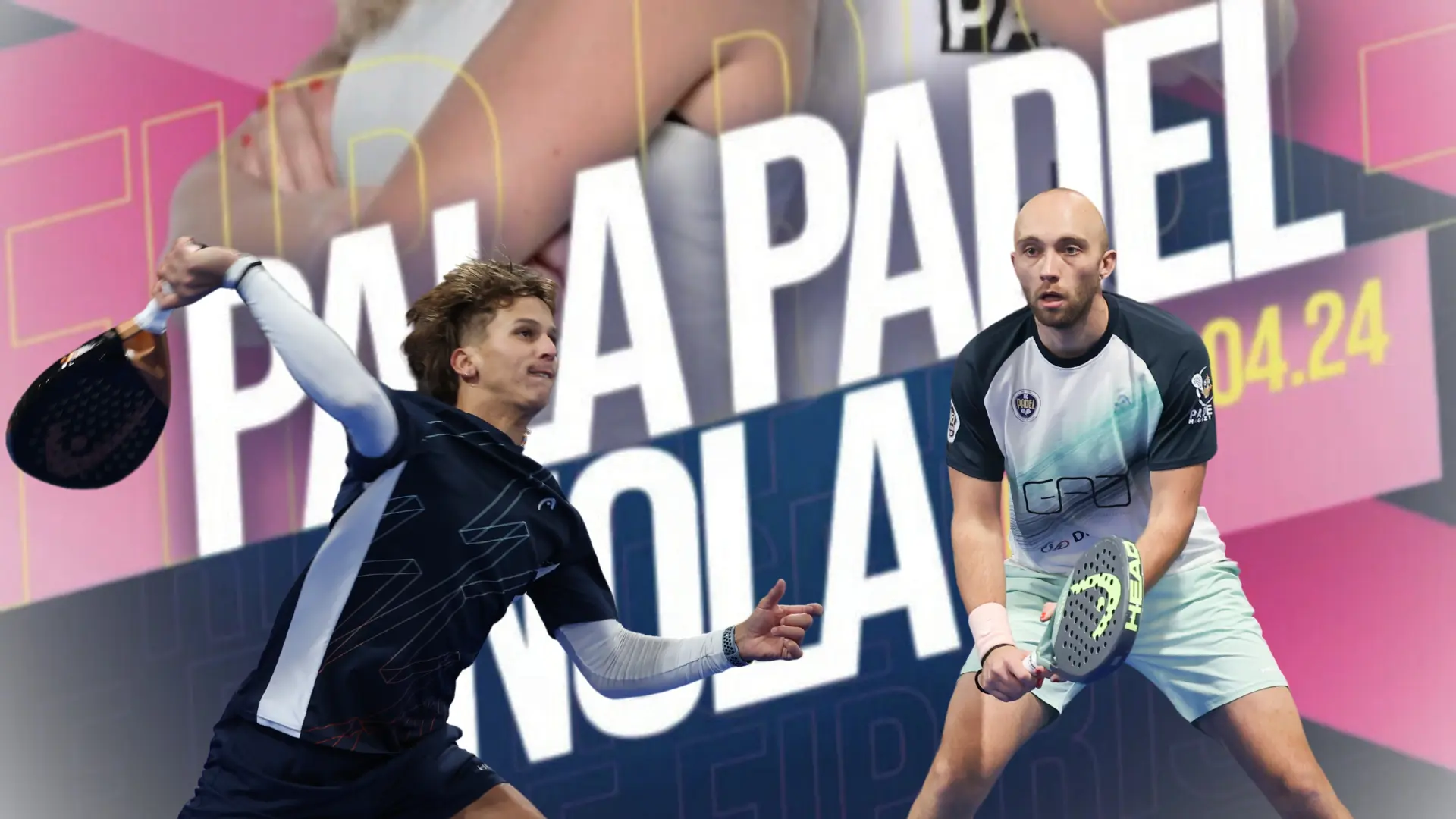 FIP Rise Nola – Joris / Vanbauce unstoppable and takes the TS6: Di Giovanni / Cremona
FIP Rise Nola – Joris / Vanbauce unstoppable and takes the TS6: Di Giovanni / Cremona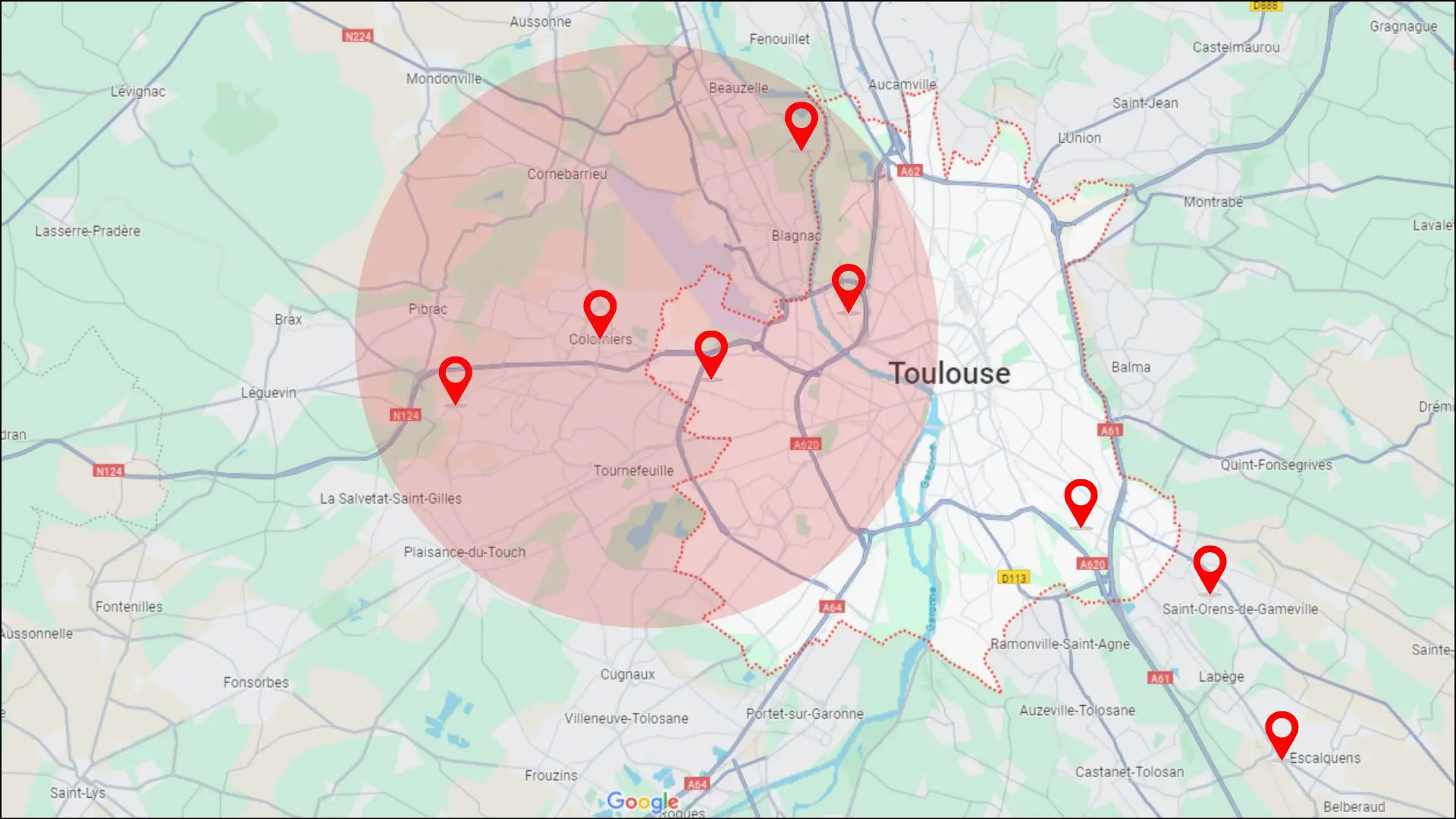 Toulouse: 40 slopes within an area of 8km2… a record!
Toulouse: 40 slopes within an area of 8km2… a record! World Seniors Plus 2024: France favorite of its groups
World Seniors Plus 2024: France favorite of its groups World Seniors Plus 2024: the point before the start of the championship
World Seniors Plus 2024: the point before the start of the championship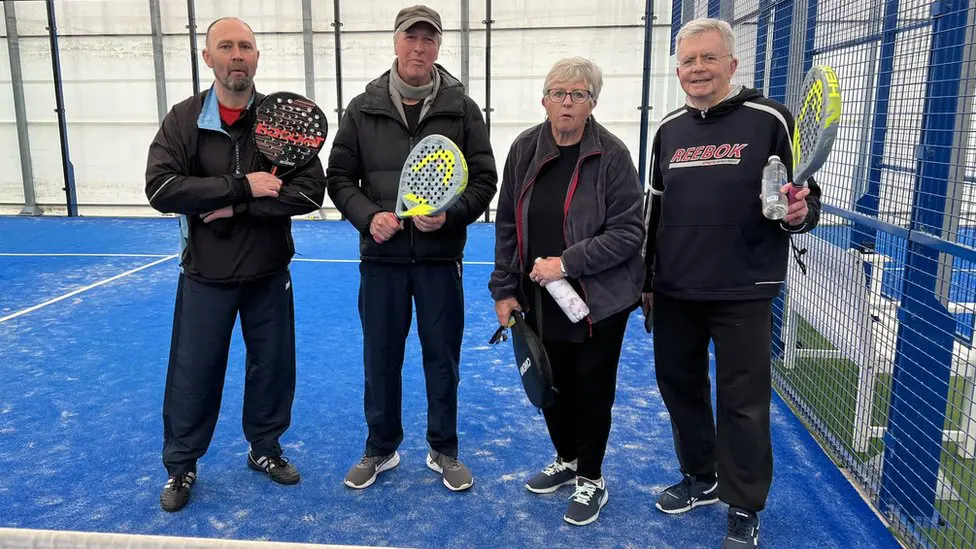 La padel to fight Parkinson's disease
La padel to fight Parkinson's disease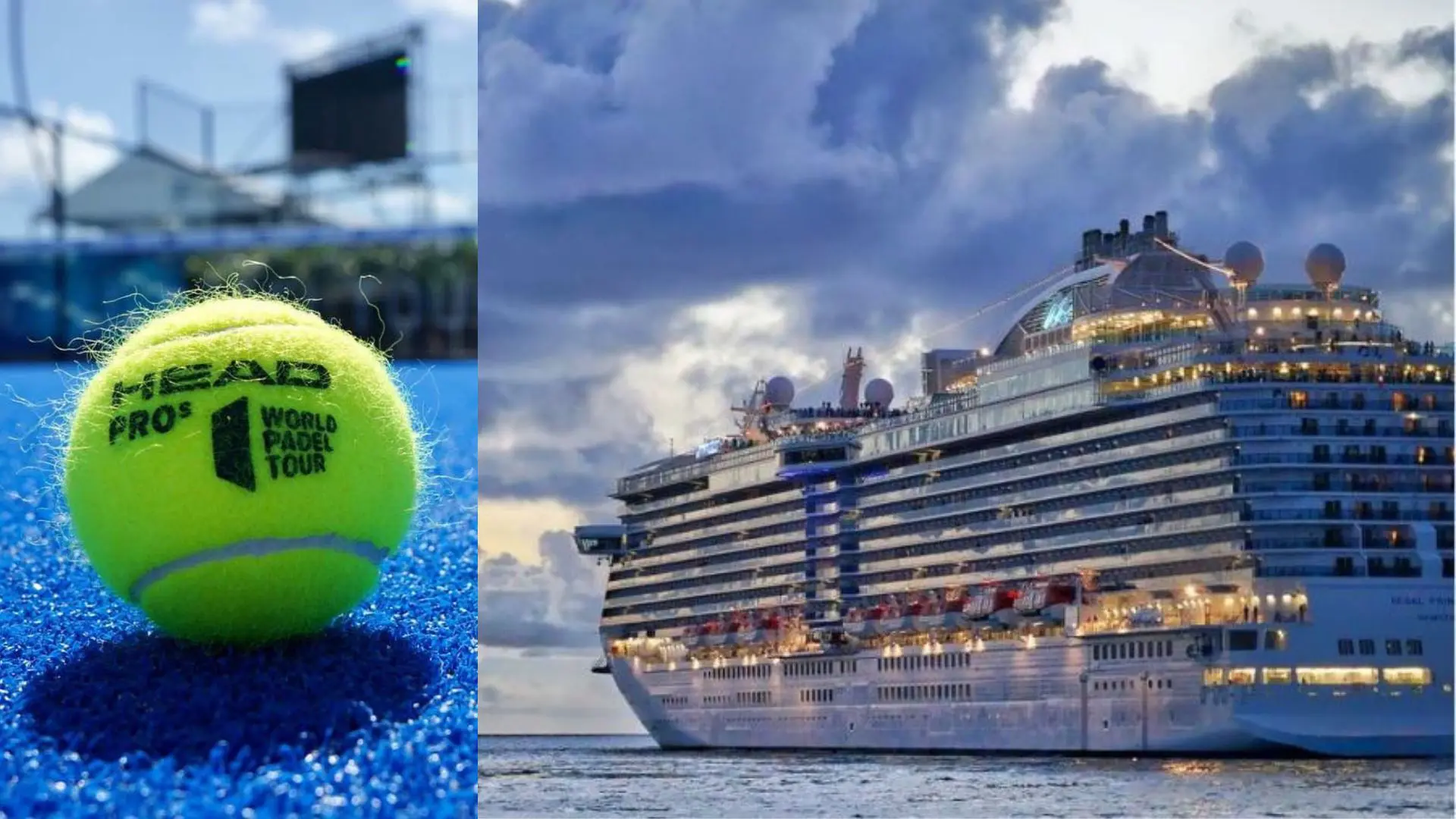 Play at padel on his yacht? Possible for €233.000!
Play at padel on his yacht? Possible for €233.000!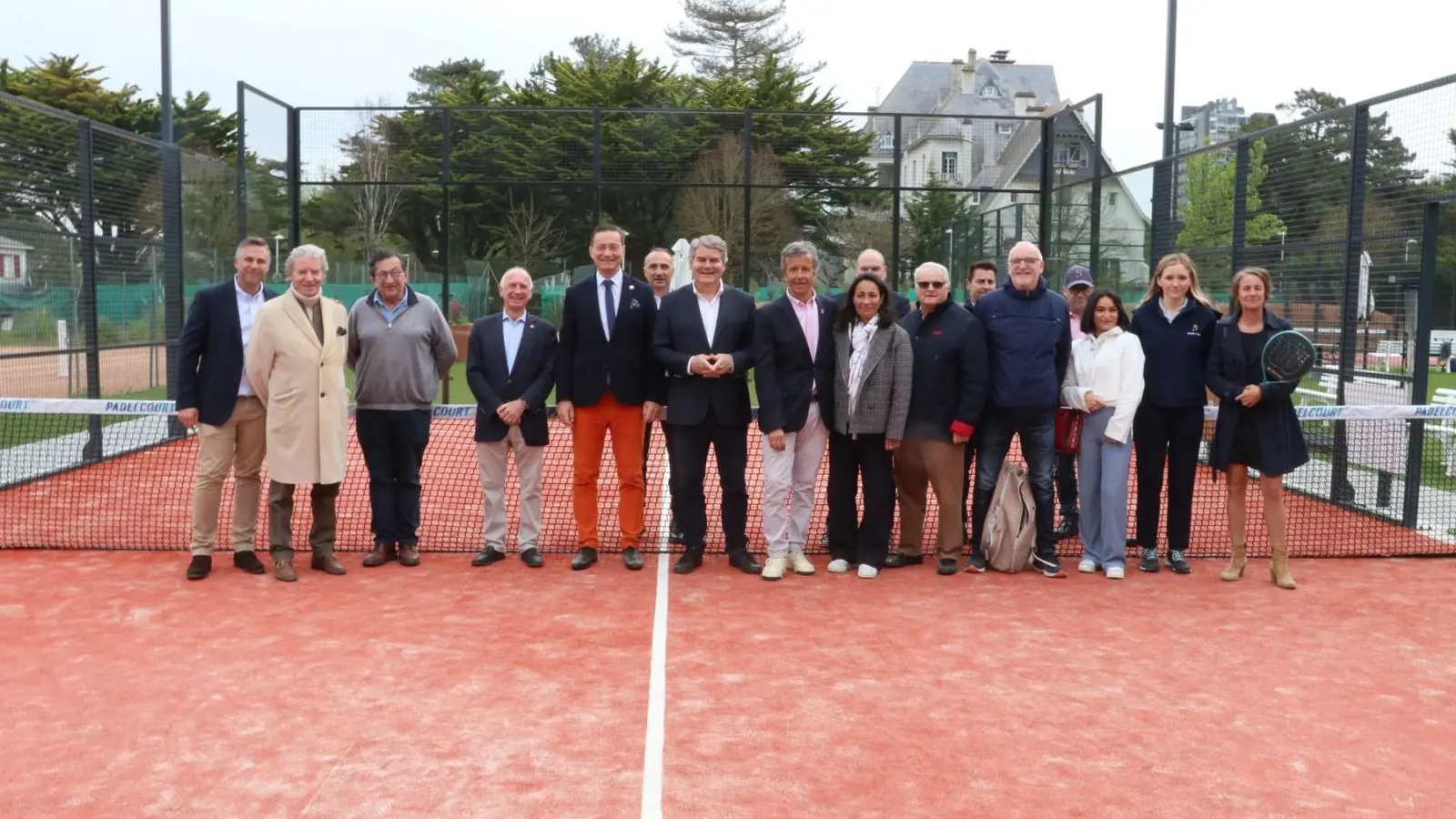 The padel of the Barrière Country Club are born in La Baule
The padel of the Barrière Country Club are born in La Baule Why clubs padel do they close?
Why clubs padel do they close?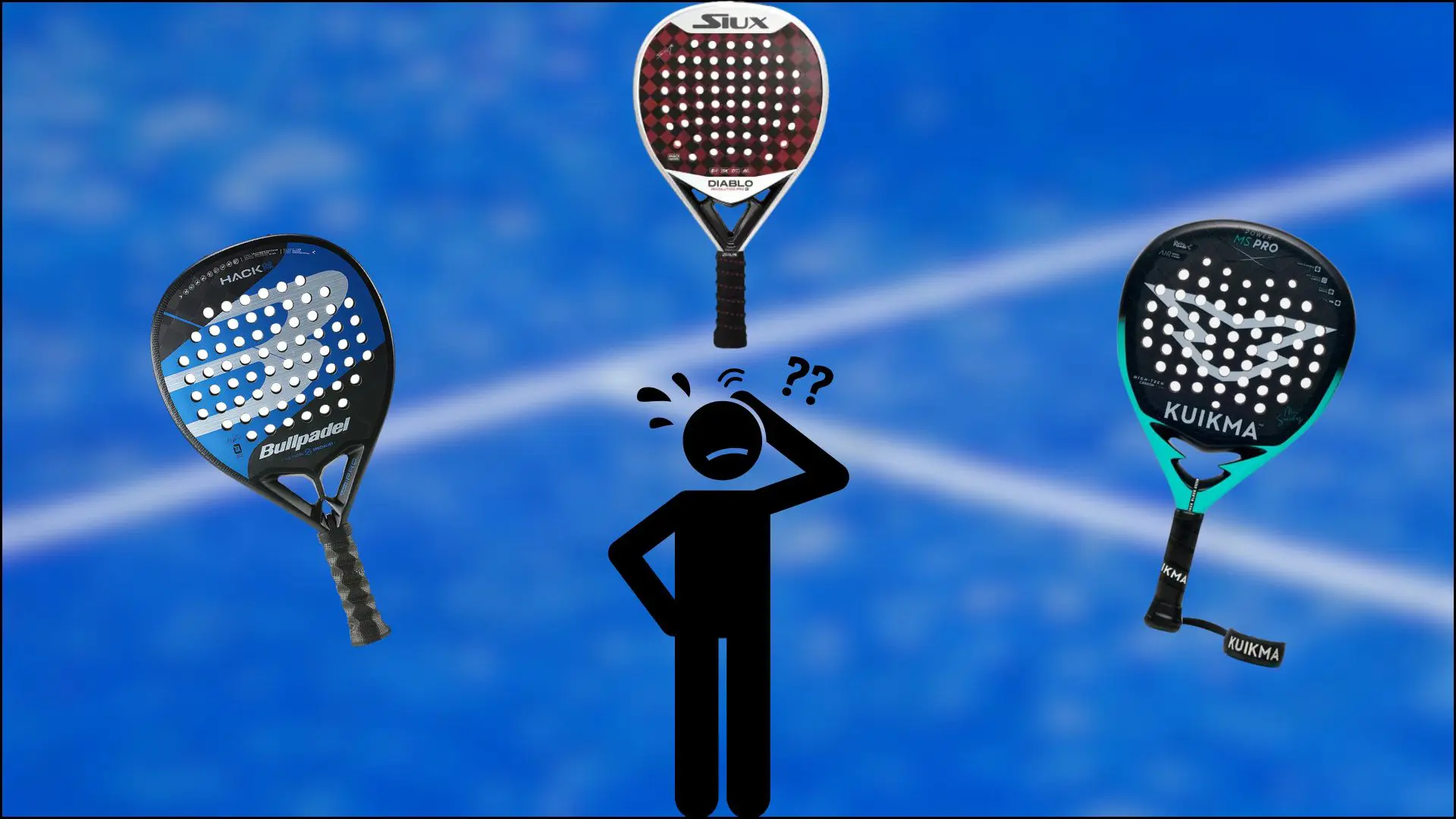 Choose your racquet padel in 3 steps
Choose your racquet padel in 3 steps What if you could discover, perform and save by playing padel ?
What if you could discover, perform and save by playing padel ?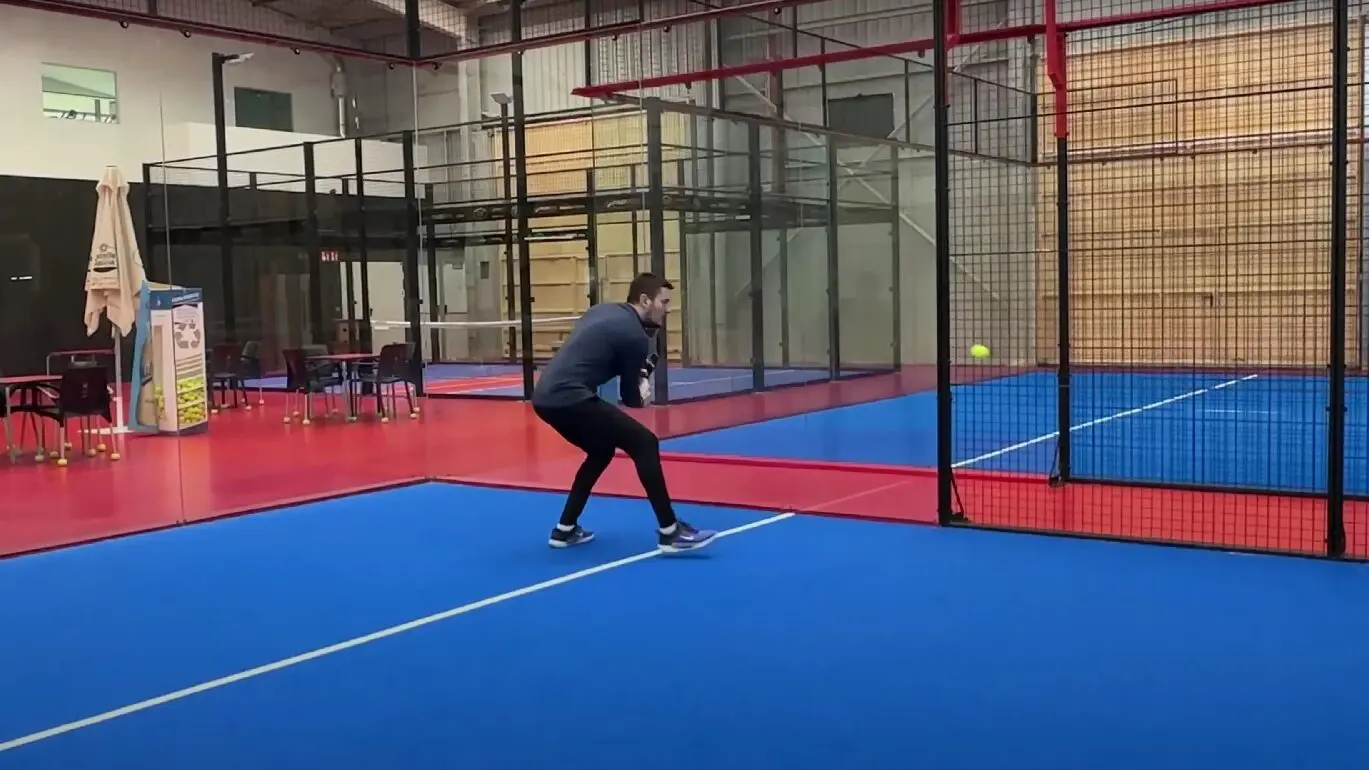 At the heart of padel – Episode 22: defend the grid
At the heart of padel – Episode 22: defend the grid At the heart of padel – Episode 21: how to put an overgrip on a tennis racket padel ?
At the heart of padel – Episode 21: how to put an overgrip on a tennis racket padel ?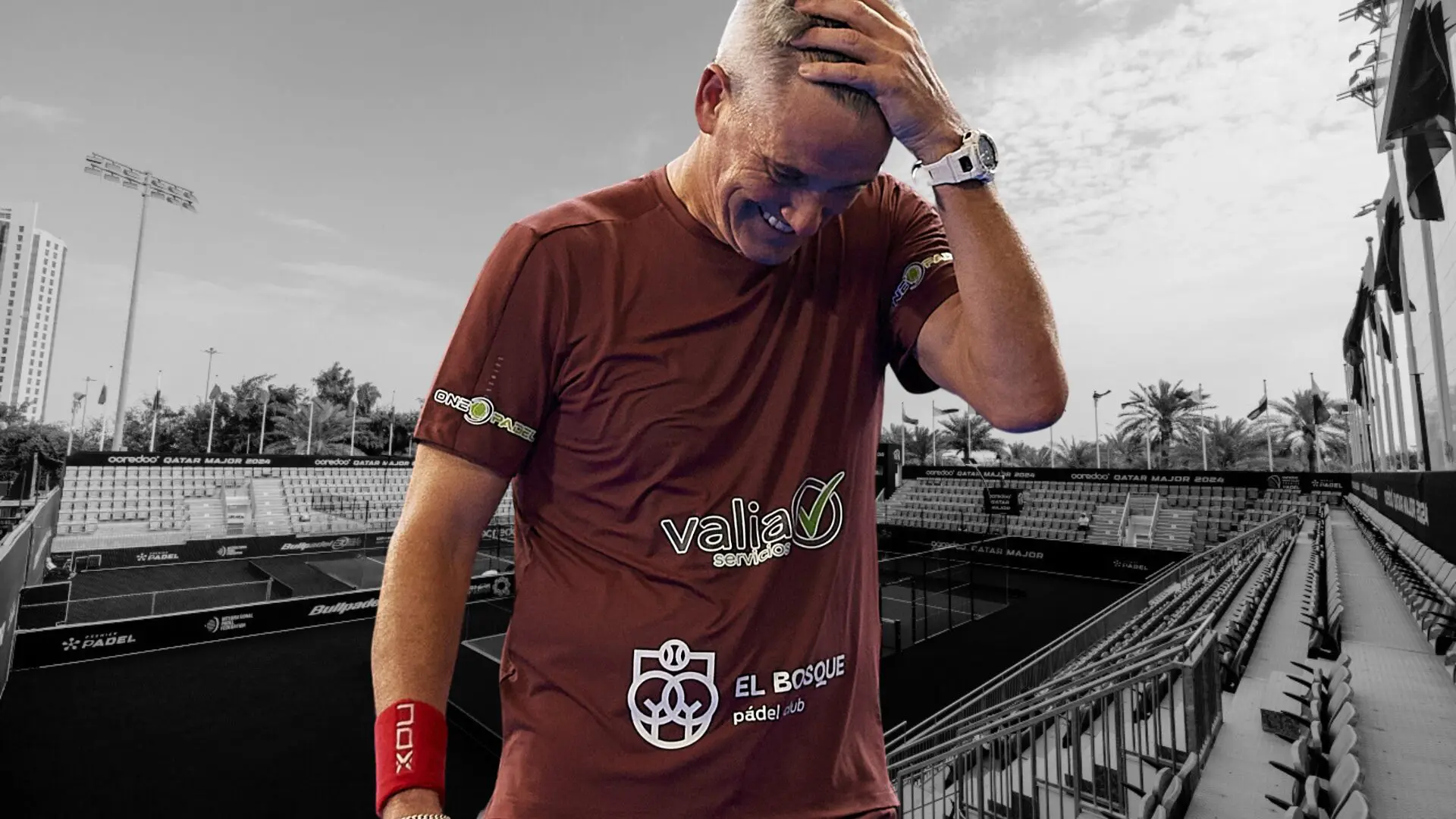 Video – A match point that hurts Lamperti’s head!
Video – A match point that hurts Lamperti’s head!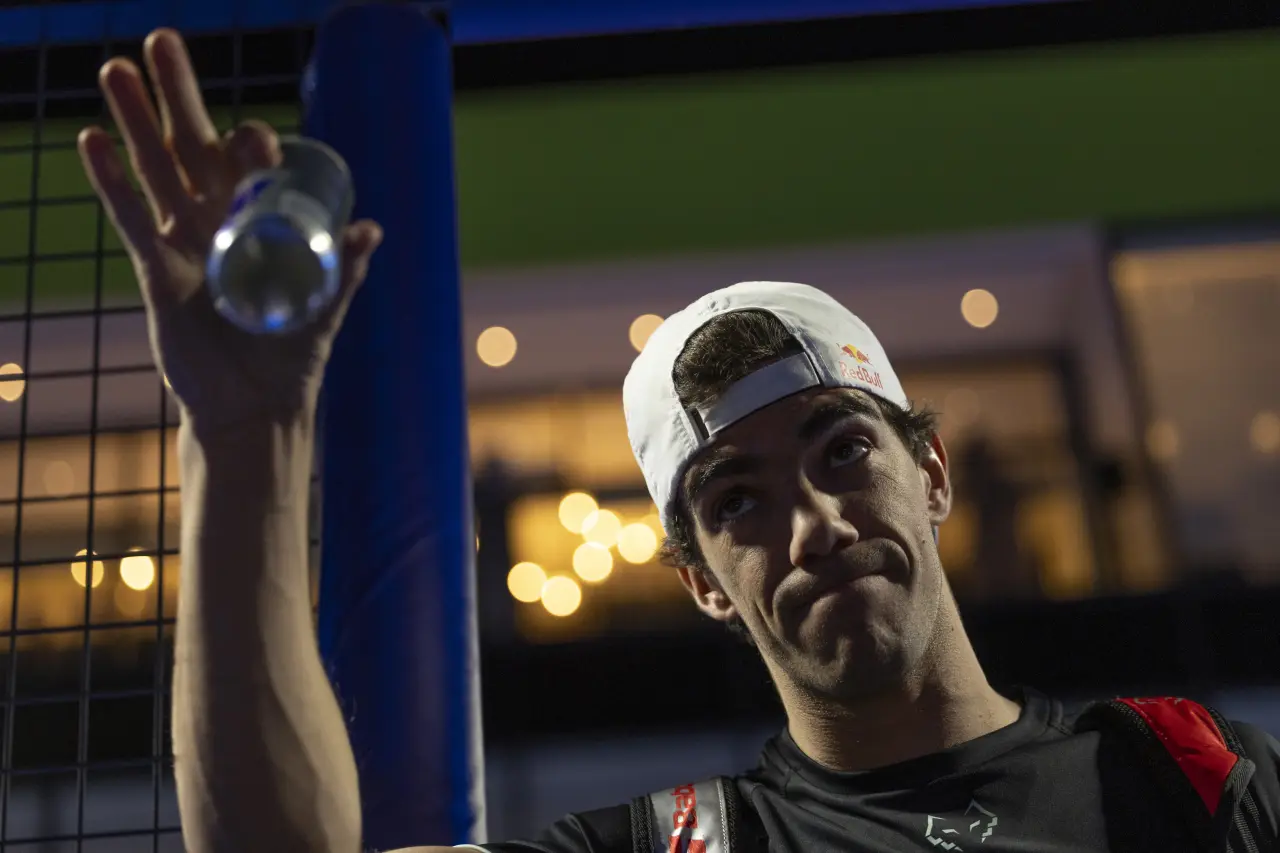 The dormilona signed Juan Lebron!
The dormilona signed Juan Lebron! FIP Tour – Going far from Europe, THE strategy to earn points!
FIP Tour – Going far from Europe, THE strategy to earn points!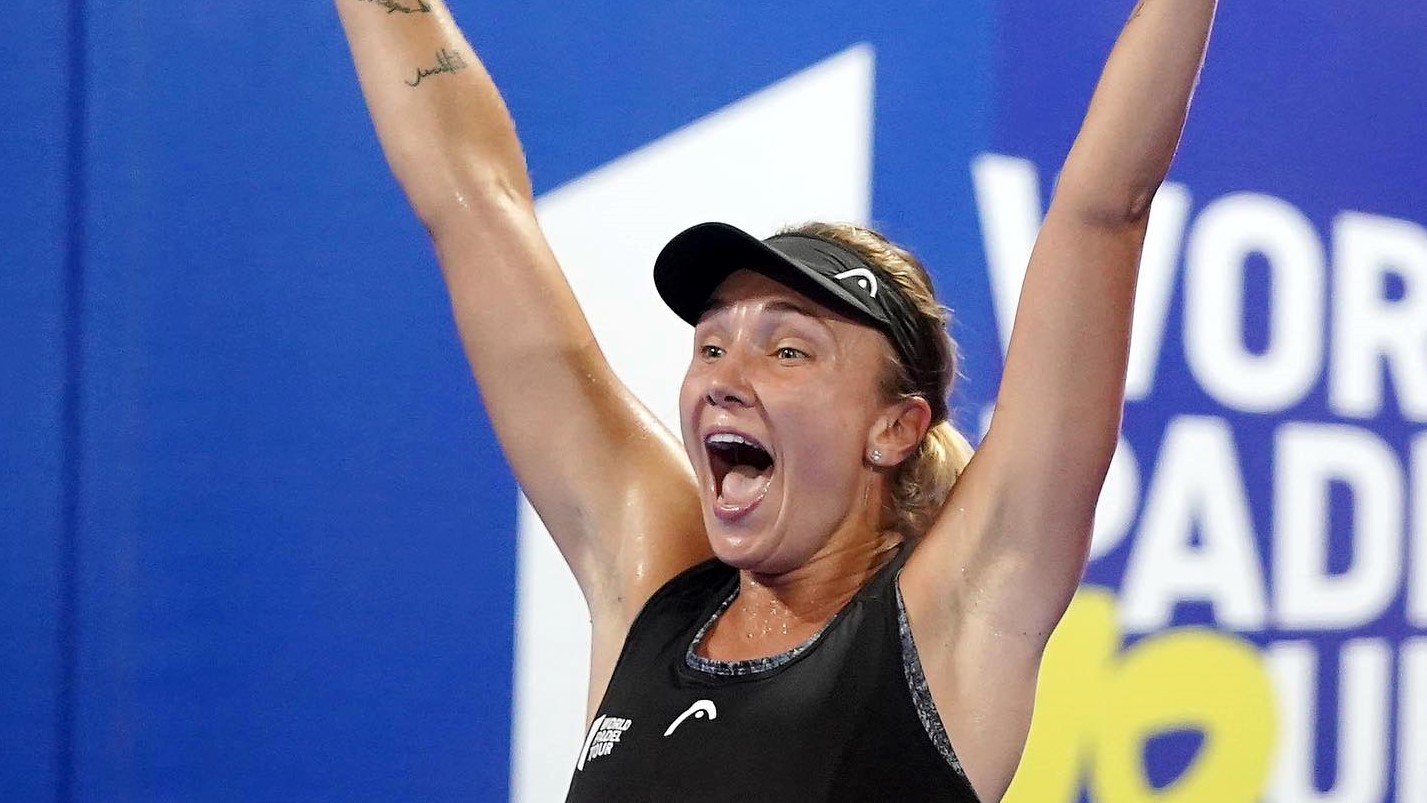 What is a good football player? padel ?
What is a good football player? padel ? “Lefties give me headaches when I play against them!”
“Lefties give me headaches when I play against them!” At the heart of padel – Episode 14: how to earn points in winter?
At the heart of padel – Episode 14: how to earn points in winter?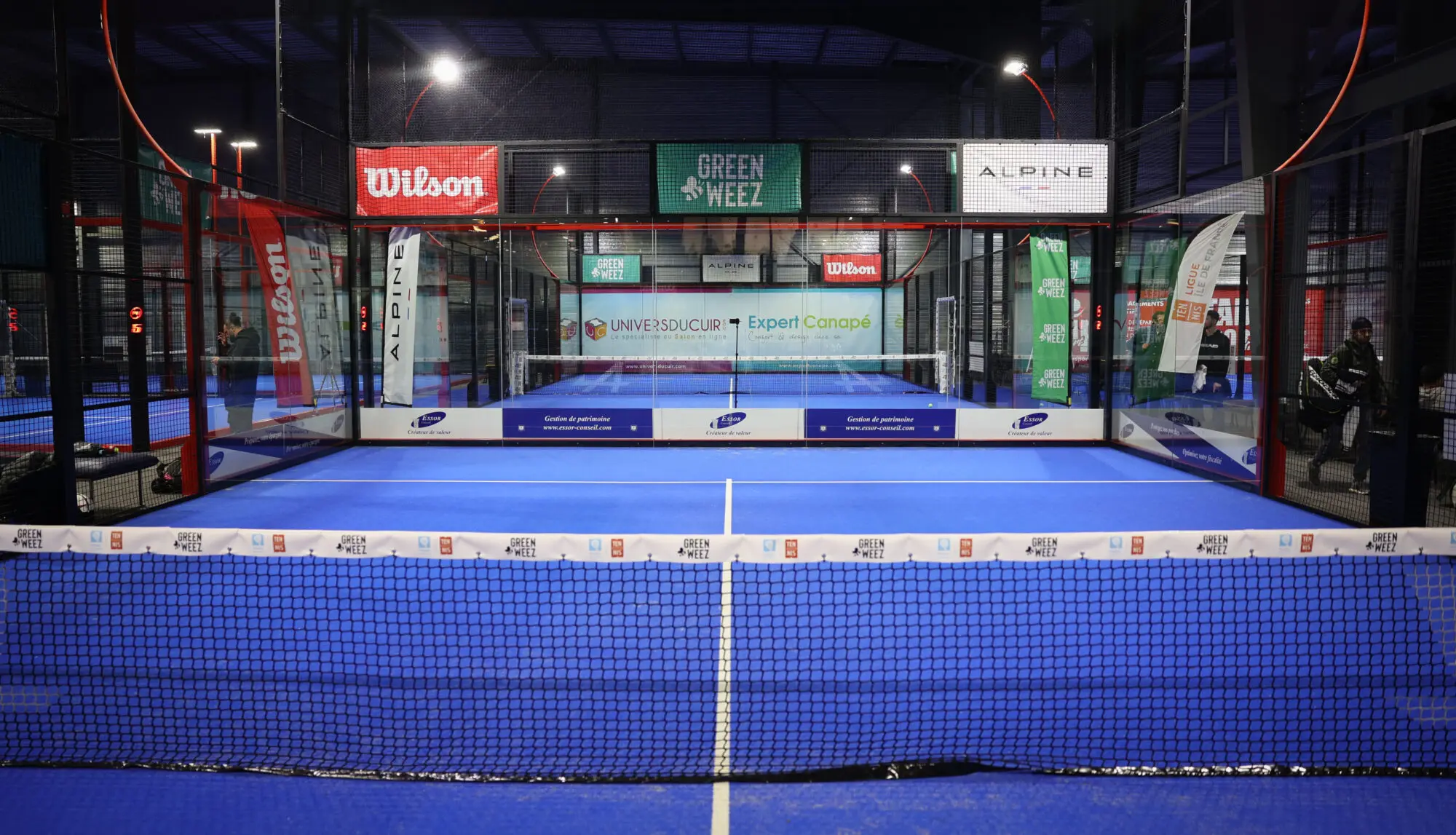 P1000 to P2000: minimum heights and spaces required for slope exits?
P1000 to P2000: minimum heights and spaces required for slope exits?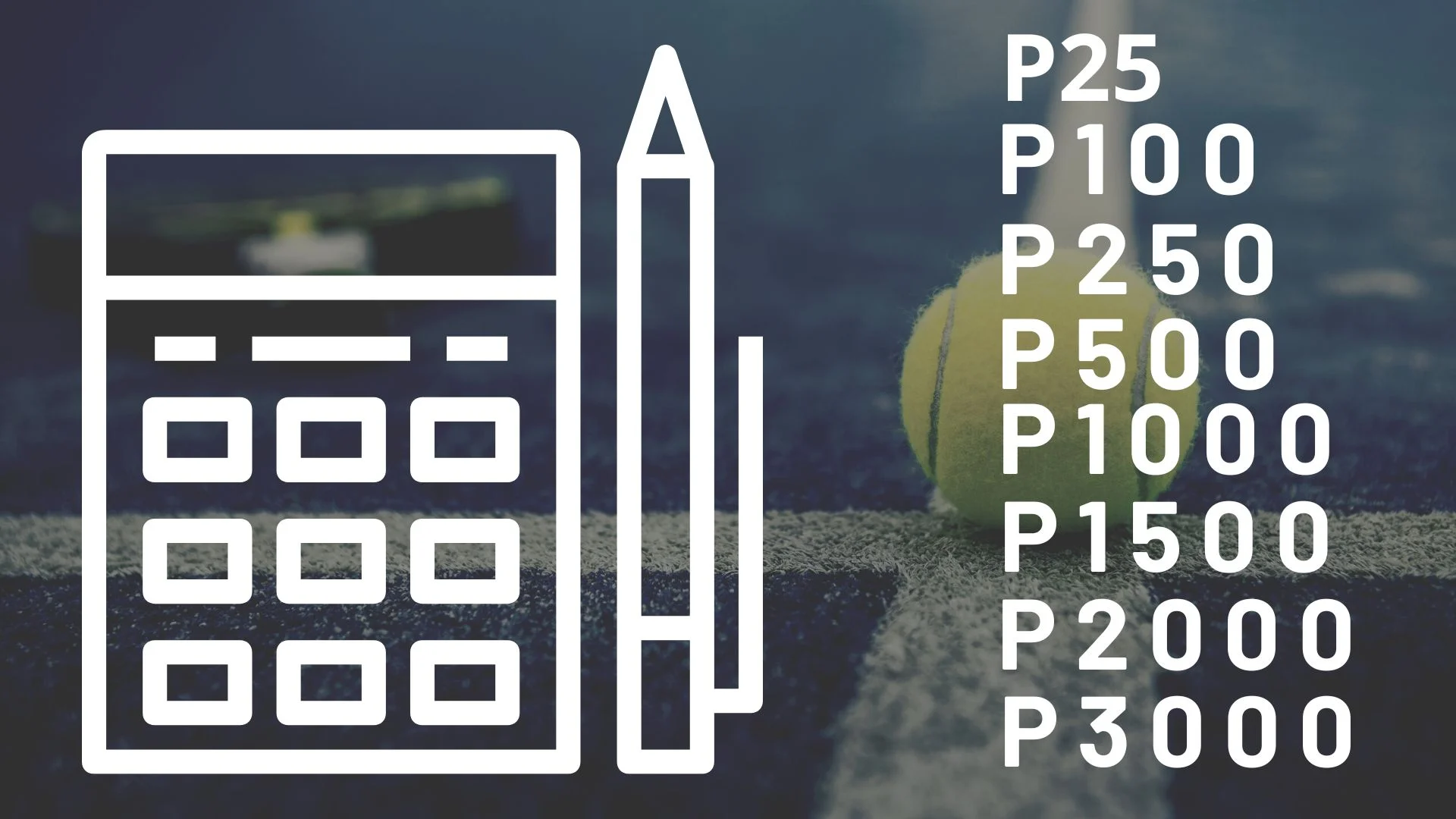 How to approve a tournament padel ?
How to approve a tournament padel ?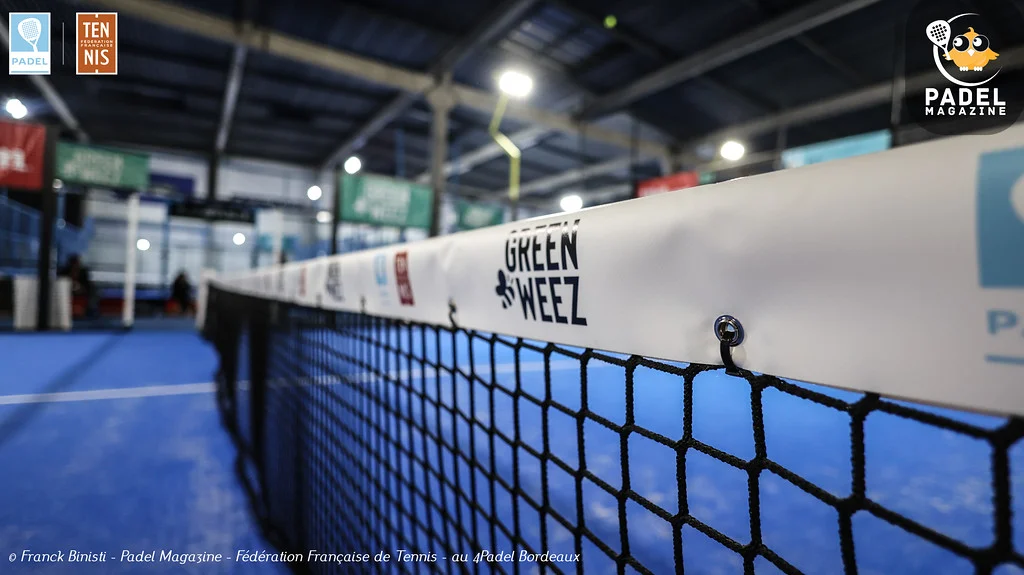 How classification assimilations work in the padel in France
How classification assimilations work in the padel in France Prohibition on playing topless Padel : the reasons
Prohibition on playing topless Padel : the reasons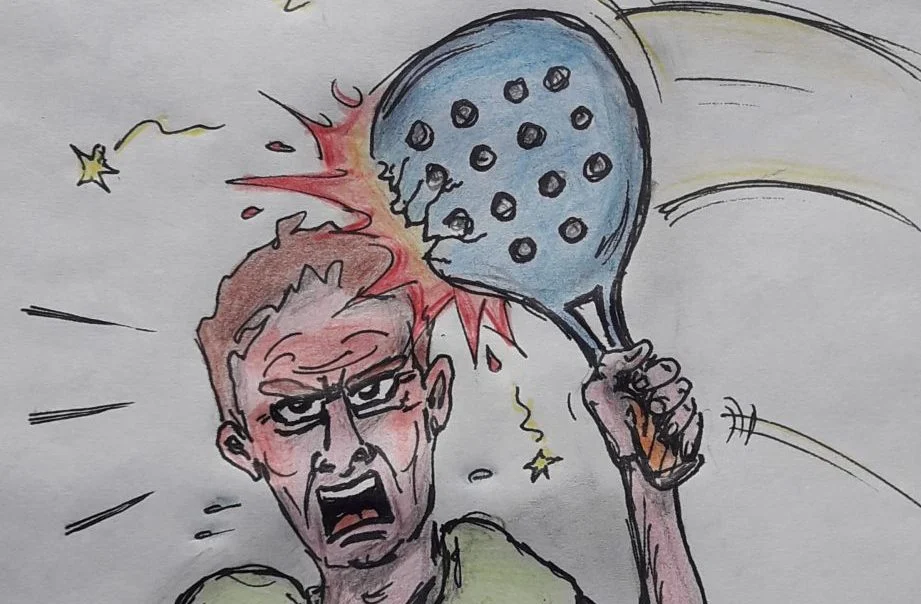 Don't play with a cracked or broken racket, your body will thank you!
Don't play with a cracked or broken racket, your body will thank you! Michel Cymes: “The padel, physically, it’s serious!”
Michel Cymes: “The padel, physically, it’s serious!” The French Touch Academy organizes its selection day Padel-Study
The French Touch Academy organizes its selection day Padel-Study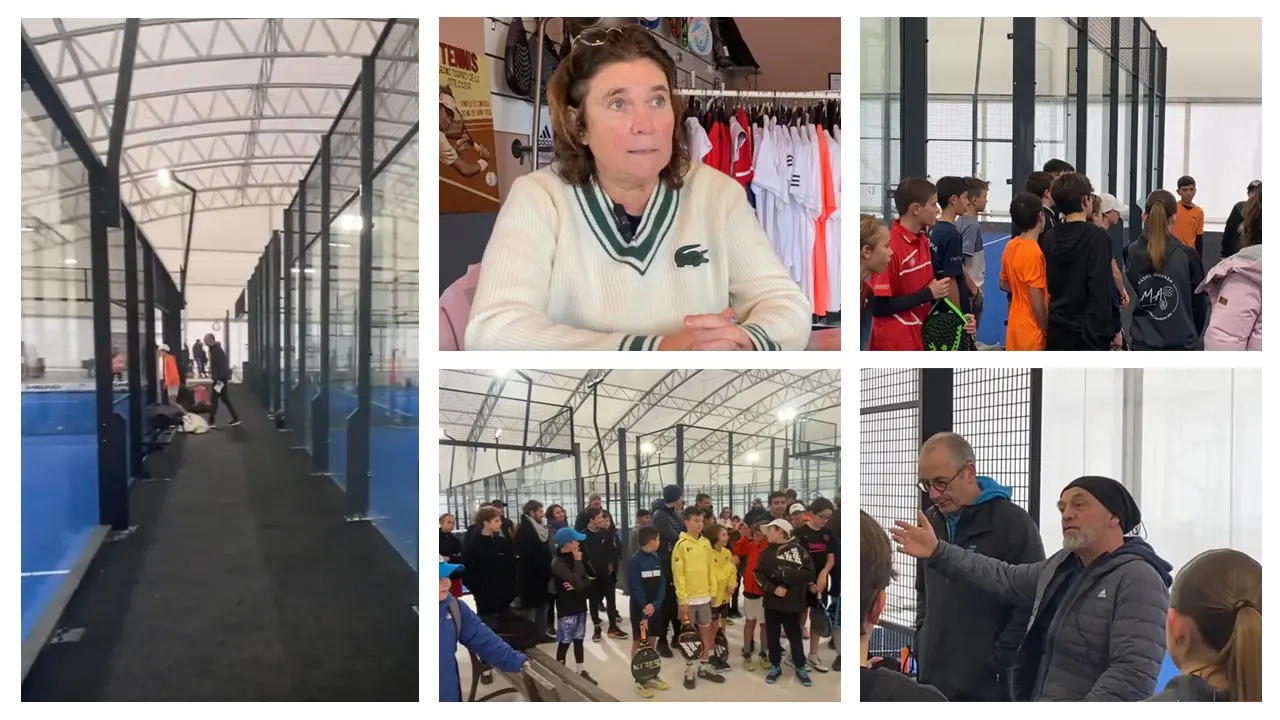 Report on the detection and training of younger generations
Report on the detection and training of younger generations Player's adult courses from April 8 to 21, 2024!
Player's adult courses from April 8 to 21, 2024!